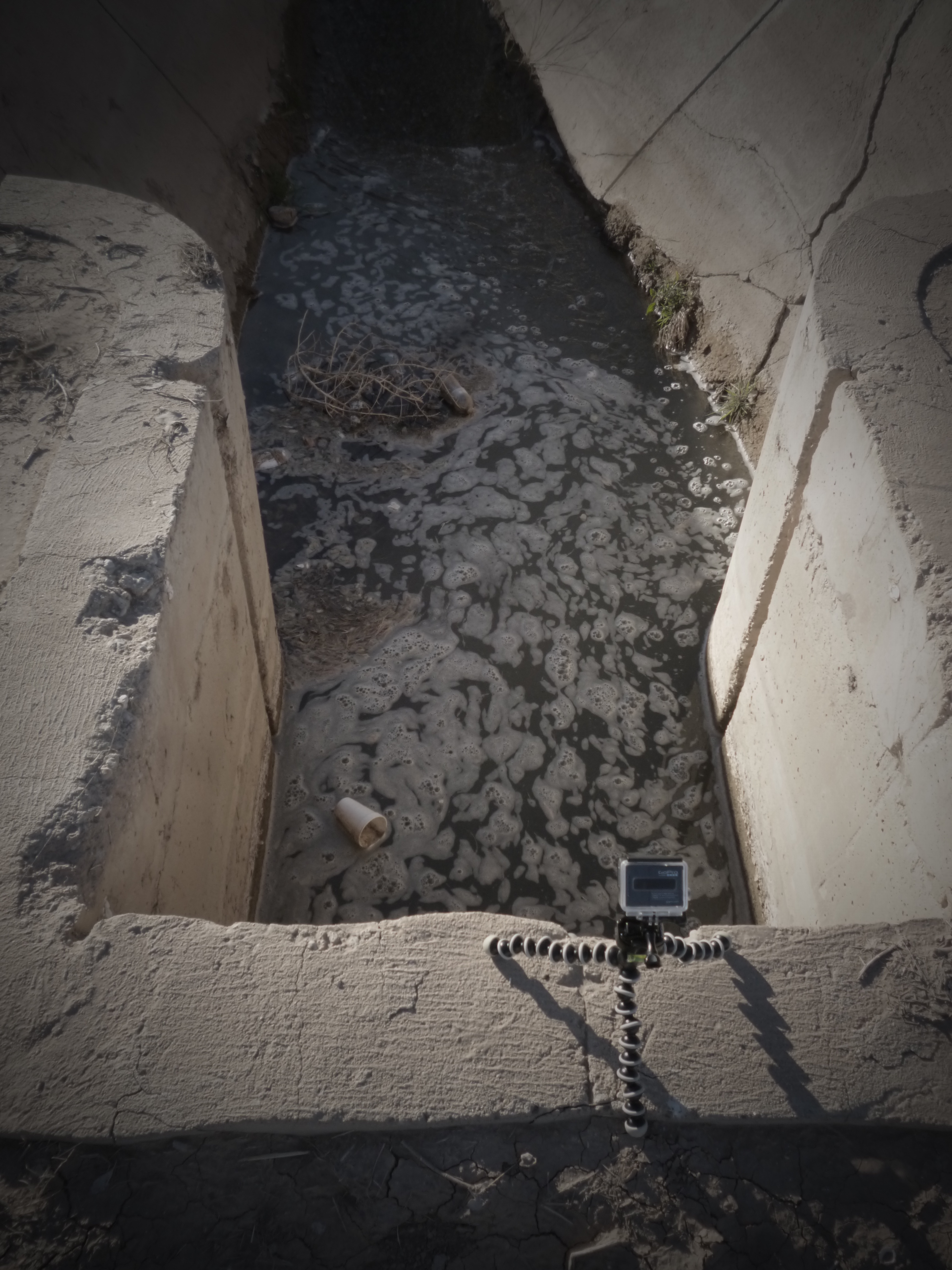STOKER COMPANY
3390 Dogwood Road
Imperial, California
Latitude 32.8475° N
Longitude 115.5694° W
Stoker Co. operates in a lightly populated agricultural area in Imperial, California. Stoker has been an aerial pesticide applicator and pest control supplier since 1966. A canal runs along the southern and eastern borders of the airstrip and delivers water to a residence less than 80 feet from the site, wetlands, and a commercial fishery. The fishery produces catfish for human consumption and is located 0.25 mile from the site. The wetland is located along the entire length of the airstrip and provides habitat for four endangered or threatened species.
The site first came to the attention of local authorities in May 1988 when birds and fish were killed in a pond in a nearby residence. The California Department of Fish and Game and the Department of Food and Agriculture determined that fish were contaminated by several pesticides. The pond was subsequently closed. Shortly after the fish were killed, a warehouse containing pesticide supplies burned to the ground. The company subsequently removed 300 tons of contaminated soil to a landfill regulated under Subtitle C of the Resource Conservation and Recovery Act. Also on the site is an area where empty pesticide bags and boxes were burned.
Although the site is located in an agricultural area where pesticides are widely used, the levels in air, surface water, sediment, and soil samples significantly exceed background concentrations. Due to the poor quality of ground water and surface water in the area, most people rely on bottled water for their drinking water. Wash waters from the cleaning of pesticide application equipment are sprayed onto a 20-acre land treatment area on-site consisting of a dirt road and landing strip. Occasionally rinse waters from the rinsing of hoppers in the aircraft and pesticide containers were also sprayed on this area. The disposal of wash waters is permitted under Waste Discharge Requirements issued by the California Regional Water Quality Control Board (CRWQCB) in October 1974 and June 1988. Under this permit, Stoker is required to sample the unsaturated zone and ground water beneath the site. The requirements indicate that approximately 300 gallons of pesticide rinsewater per day were disposed of in the land treatment area in the 1970s, dropping to approximately 100 gallons per day sometime prior to 1988. In 1989, Stoker submitted a closure plan for the land treatment unit to CRWQCB and indicated that it would cease spraying wash waters on-site. Stoker later reconsidered and continues to spray wash waters on-site.
In December 1988, the EPA sampled on-site soil, nearby canal, and the pond. Analyses identified several pesticides, including dacthal, diazinon, chlorpyriphos, and mevinphos, in the canal. Sediment and air samples EPA collected in 1989 indicated pesticides had been released to the air and nearby wetland. Approximately 130 people live within 1 mile of the site. The plant’s 45 employees are exposed to contaminated soil. A family that formerly lived on a portion of the property moved due to the contamination.
Chlorpyrifos is a crystalline insectiside introduced by our friends from Dow Chemical in 1965 and is known by many trade names including Dursban and Lorsban. It acts on the nervous system of insects.
Chlorpyrifos is toxic to humans, and exposure has been linked to neurological effects, persistent developmental disorders, and autoimmune disorders such as Crohns Disease. Exposure during pregnancy can cause mental retardation in the development of children. Use in homes has been banned since 2001 in the U.S, but it remains one of the most widely used organophosphate insecticides in agriculture according to the EPA
Diazinon a colorless to dark brown liquid is a thiophosphoric acid ester developed in 1952 by a Swiss chemical company. It is a non-systemic organophosphate insecticide formerly used to control fleas, ants, silverfish and cockroaches in residential, non-food buildings. Diazinon was used heavily during the 1970s and early 1980s for gardening and indoor pest control. Household use of diazinon was outlawed in 2004, but it is still approved for agricultural uses.
